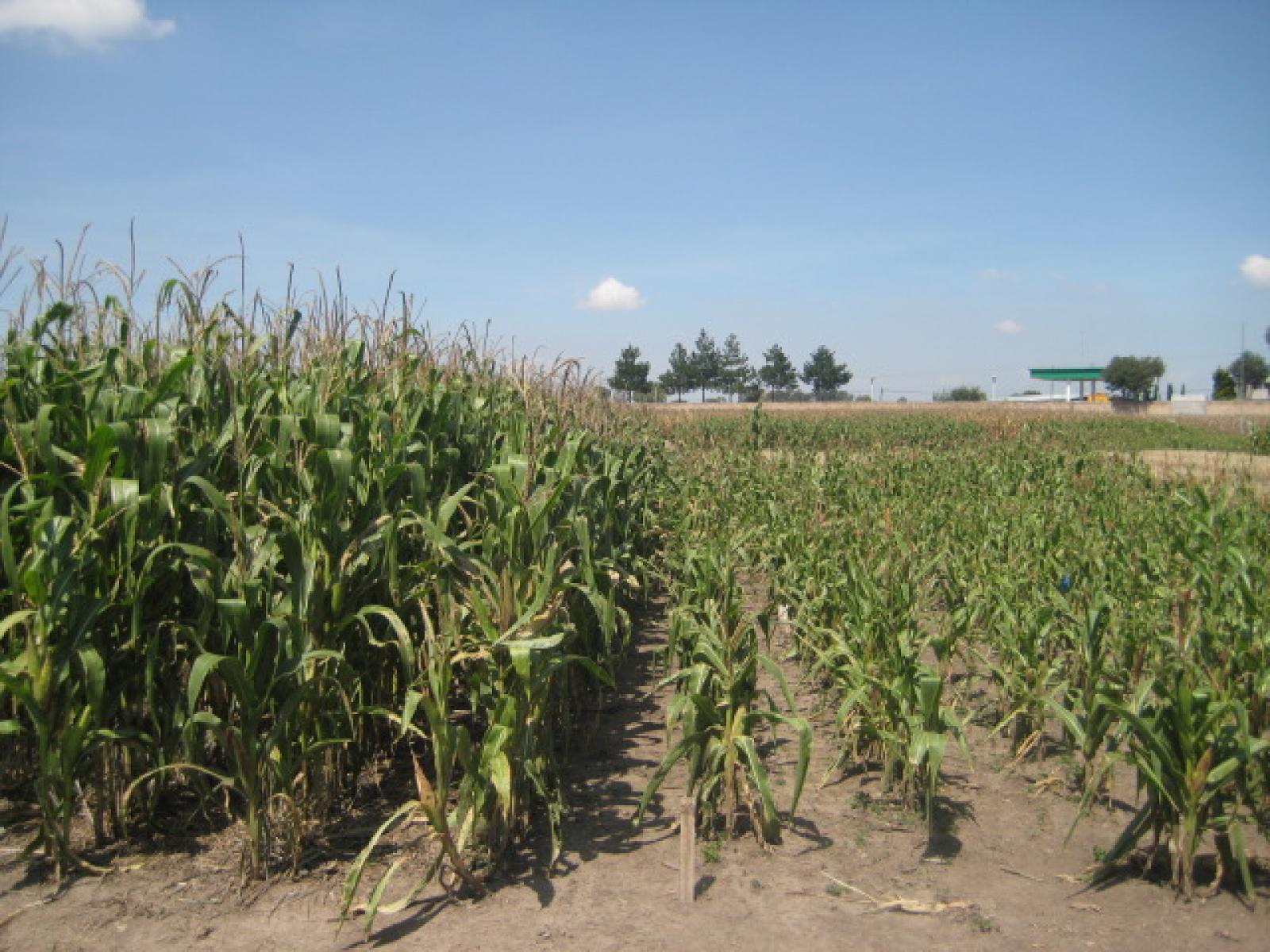An Overview Of Our Solution
- Population Impacted:
- Continent: North America
Organization type
Population impacted
Size of agricultural area
Production quantity
People employed
Describe your solution
Describe your implementation
External connections
What is the environmental or ecological challenge you are targeting with your solution?
Describe the context in which you are operating
Maize production is key to Mexico’s food security, nutrition and sustainable rural development. Mexico produces 25 million tons of maize (90% white and 10% yellow) per year. White grain is used for human consumption and yellow grain for livestock feeding and industrial purposes. Mexico consumes over 35 million tons of maize (64% white and 36% yellow) per year and imports over 10 million tons of yellow maize from the U.S. Most farmers grow maize under rain-fed conditions on 6 million hectares. Their productivity remains low at an average of 2.3 tons per hectare. Farmers growing maize on 1.5 million hectares of irrigated land in Western Mexico harvest an average of 8 tons per hectare. The groundwater stress of the aquifers feeding irrigated lands ranks among the highest in the world. Mexico must increase maize yields to meet its demand for grain. However, a study published by Scientific American expects Mexico’s agricultural output to fall by 26% in 2080 as a consequence of global warming.
How did you impact natural resource use and greenhouse gas emissions?
Language(s)
Social/Community
Water
Food Security/Nutrition
Economic/Sustainable Development
Climate
Sustainability
MasAgro is a 10-year R&D project for sustainable rural development in its sixth year of implementation. Genetic research, maize breeding, field trials, machinery and ICT development, training and extension activities require a reliable and continuous source of funding. Three different SAGARPA administrations have supported MasAgro given its early results and accumulated measurable impacts. More partners have joined including the state government of Guanajuato, Kellogg, Syngenta and the Mayan World States Foundation, although SAGARPA remains the main funding partner. Ultimately, MasAgro’s sustainability relies on the dozens of maize seed producers and thousands of farmers who adopt, improve and promote its sustainable intensification strate
Return on investment
Entrant Banner Image

